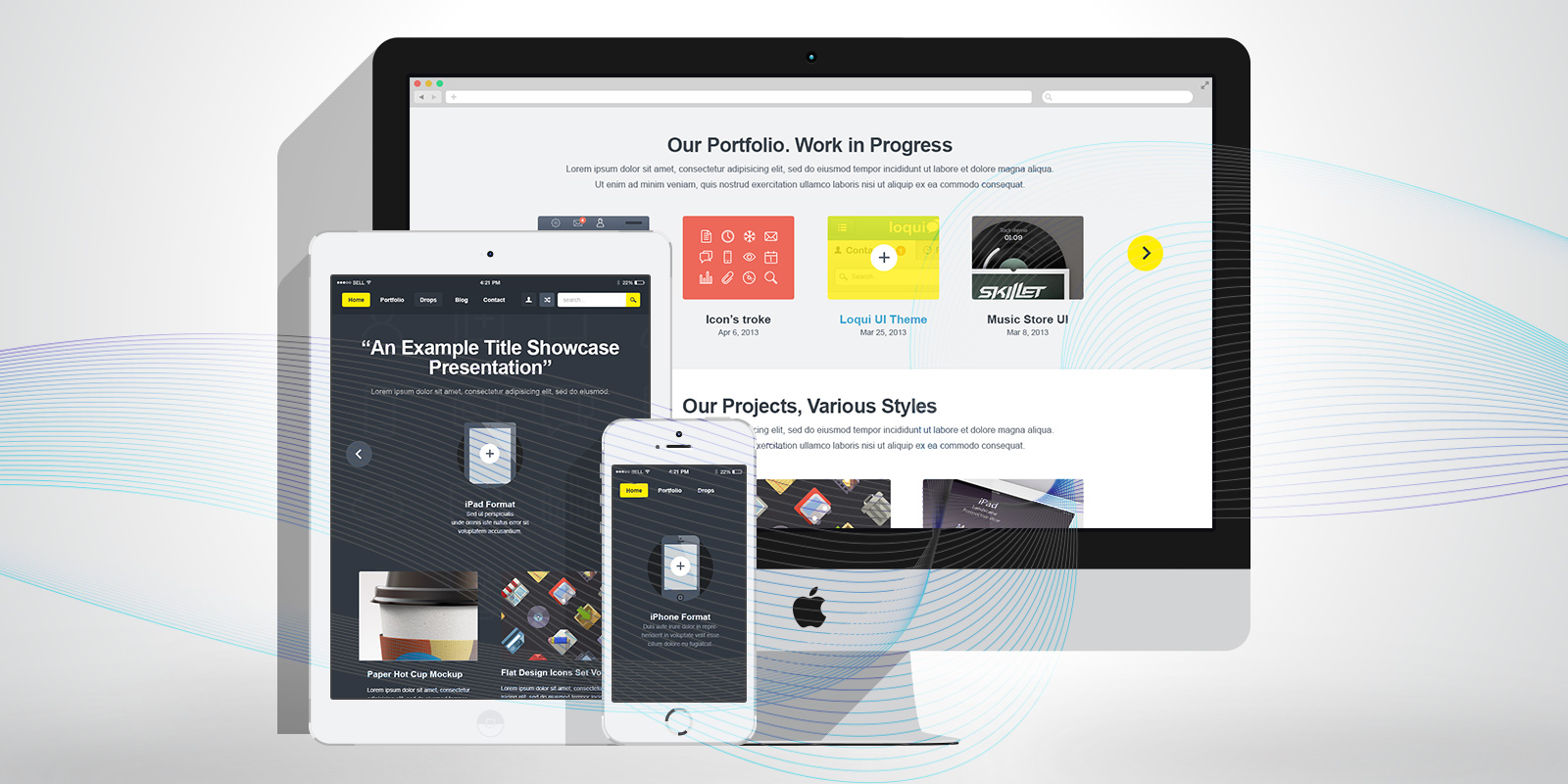
It is not that difficult to create a custom website. However, most people will not have a tough time designing a website. When you can understand how it works, you can learn how to design creative sites that people want to visit. If you’re interested in learning more about website design, then start by reading the many tips included below.
The graphics you use are important. Bitmap images usually are big and don’t work as well as PNGs. Try using PNGs for images that are not photos or text buttons or if an image has over 256 colors. Use GIFs for something with less than 256 colors. Use JPEG format for all photos on your website.
When you design a site, pull it up in various browsers. What you see on one browser is not necessarily what others see on other browsers. Research all the commonly used browsers and design accordingly. You may also want to view your site using a different computer operating system to make sure that everything is compatible whether they are using Windows, Mac, or Linux.
Make sure that your website has a tagline incorporated into the design. This is a statement or motto to define your business. This allows them to quickly grasp whether or not your site has information relevant to their search.
You want to ensure that your site has passed the NoScript test. You can add this extension to Firefox, and then use it against your website. While you may need to have some scripts running, you do not want to see a completely empty website if they are turned off.
Smaller pages are better. Not every person using Internet has a high-speed connection, so if a site takes longer to load, they won’t be as interested in it. Reduce your load times so visitors have no reason to leave.
Make sure that your page loads in less than 10 seconds. Efficient sites should be visible in seconds so the viewer does not get side tracked. Most online users want to be gratified instantly and you need to be sure you can do this for them.
Keep your topics separate. If you have many different topics on your websites, place each topic on a separate page. This helps alleviate any confusion that your customers may experience, as well as giving search engines a broader and more clear view of your site, potentially bumping you up higher in their rankings.
Optimize your website for older IE versions. Many people detest Internet Explorer, but some still use these older versions today. These do not render the web elements to the web standard, so there must be workarounds. Specifically, you’ll want to know about IE’s “box model bug.”
It is important to always make users needs a priority. Do you know what the user’s needs are? Things such as interactivity, accessibility, user experience and usability are all very important. These considerations deserve your primary attention. Seeing things from your visitors’ perspective will benefit you greatly.
Your website’s load times are effected by which file types you use for images. GIFs and JPGs are your best choice for graphics. Although there are a number of advantages to using PNG and BMP files for web graphics, these types of files take up much more disk space. Make your files manageable to keep loading times down for visitors.
It is important to remember to test your website’s design on various web browsers. Every browser will interpret the site slightly differently. Some of the slight differences can cause navigation to be difficult for the user. Using available resources, determine which browsers are the most popular among your target demographic. Check how your site behaves on all the major browsers for both PCs and mobile devices.
When you design your site, you can make some independent CSS pages. This will allow web browsers to use conditional loading. The application of these two techniques make website testing and maintenance both less time-consuming in the future. Every website occasionally needs maintenance, so you want to minimize the time you spend here.
You don’t want to utilize any type of pop-up ads with your site. These ads are always alluring with the promise of making extra profits; however, most visitors find them highly annoying. This usually results in visitors not returning to your site. Use simple ads and skip the wild and intrusive pop-ups.
Make sure your site’s design is different from competing websites. Check around and visit similar websites. If your website is too similar to your competitors, potential customers will not remember it. You’ll just look like a generic version of these previous ones.
The first thing you want to ensure is on your site is the always loved site map. You can count on a web site for two main things. In the first place, they help readers better understand your navigation. People can find what they’re searching for easily. Site maps are helpful for SEO. It easier for the search engines to find and “crawl” your site.
Web Design
Since you just got good web design advice, you can use it to help you practice at at a hose that offers free websites. Then, you will see how simple it is to do when you have the basics. Then begin expanding on your web design knowledge to build more and more intricate web pages. Just remember to use what you’ve learned above.